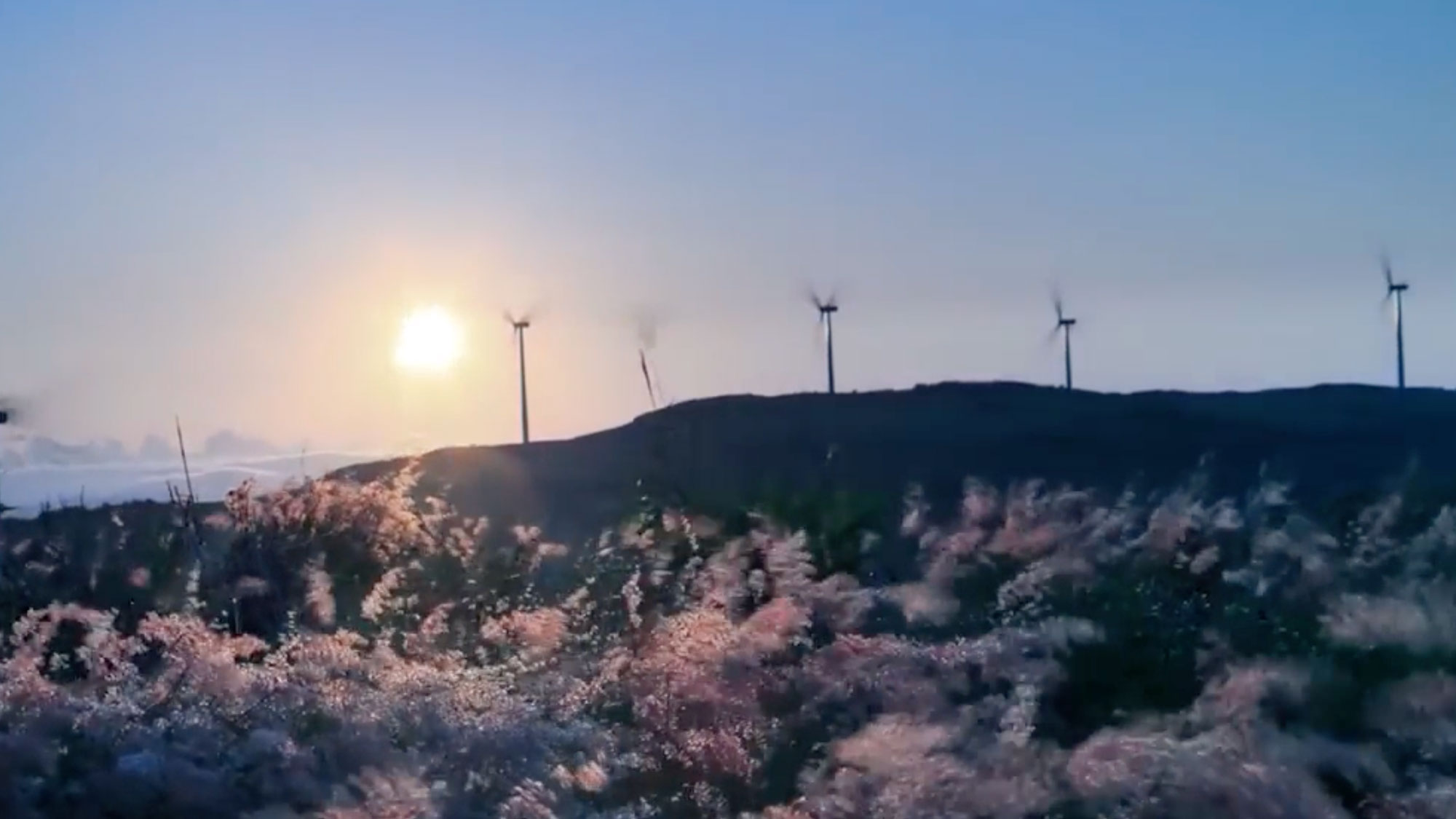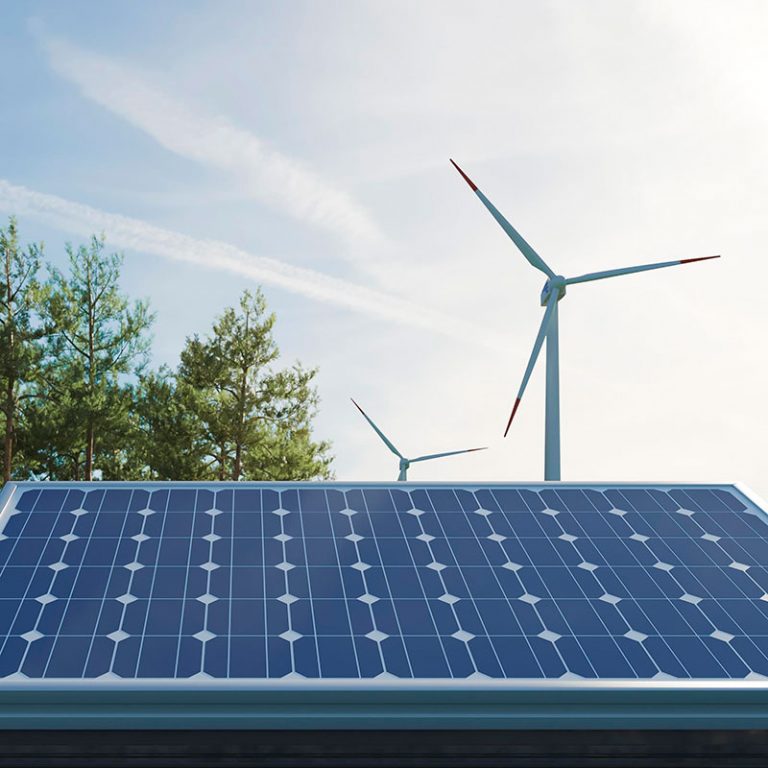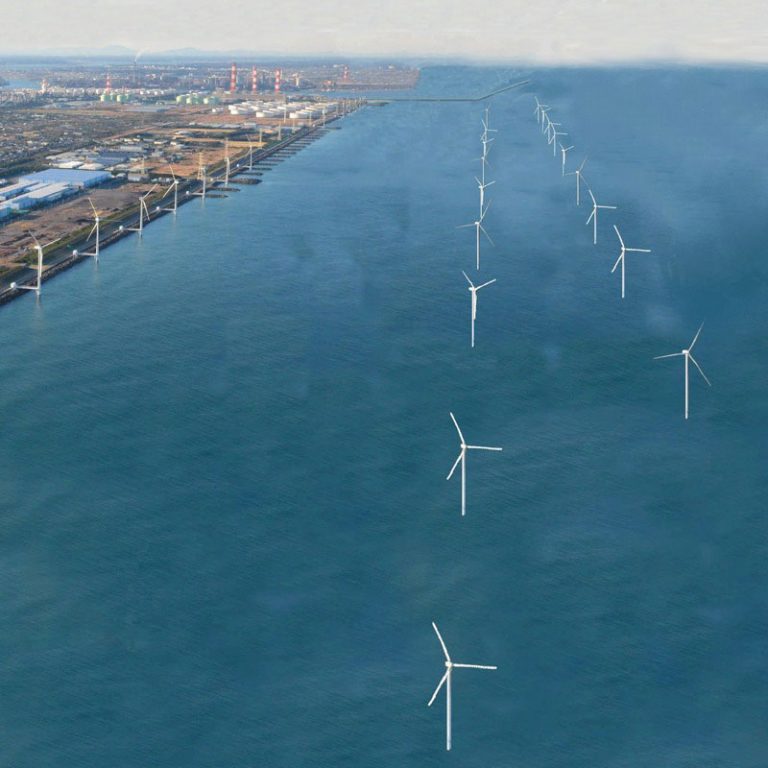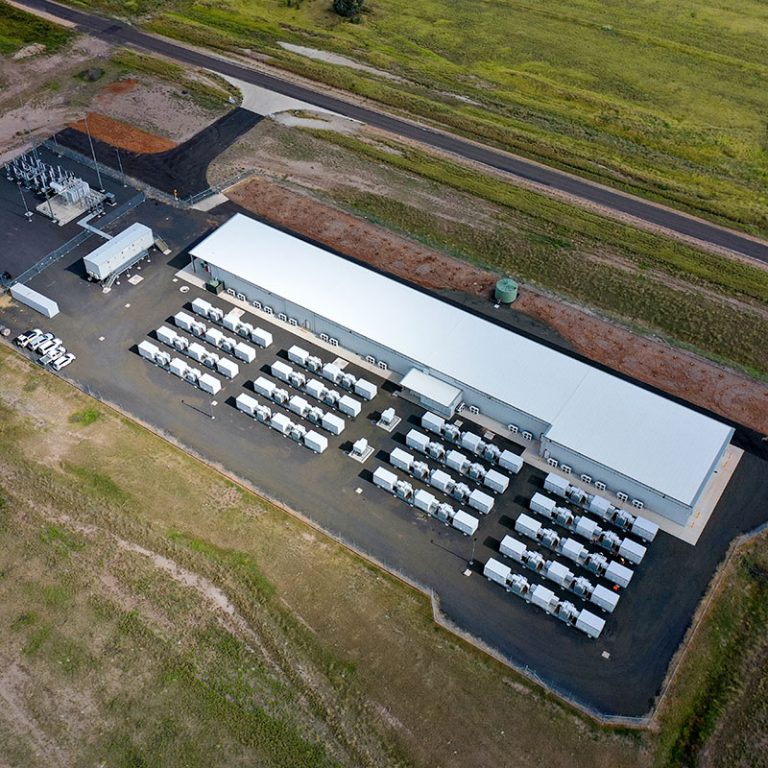
Join us in engineering a greener and more sustainable future.
Vena Energy, a leading green solution provider in the Asia Pacific region, is accelerating the transition to sustainable and affordable renewable energy that delivers lasting economic, social, and environmental benefits to our host communities and stakeholders. We provide green energy and digital solutions to our customers, which are powered by a renewable energy portfolio of Onshore Wind, Solar, and Offshore Wind projects and a green infrastructure pipeline including BESS, Data Centres, and Green Hydrogen and Ammonia. We empower over 1,000 employees across 80 offices globally, fostering innovation and excellence in an inclusive workplace.
Onshore solar PV and wind

Vena Energy’s onshore renewable energy business encompasses solar PV and onshore wind projects, including hybrid systems. Solar PV converts solar radiation into electricity using the photoelectric effect, while onshore wind projects utilize wind turbines to generate electricity. Both technologies enable the harvesting of clean, renewable energy without fuel consumption or waste discharge, accelerating the transition to sustainable energy. In 2023, Vena Energy contracted an additional 1.6 GW of onshore wind and solar PV projects from our development pipeline, bringing our total contracted capacity to 3.9 GW.
Offshore wind

Offshore wind technology harnesses wind energy from turbines situated in the open sea or coastal regions. Offshore wind projects benefit from predictable wind patterns and terrain-free conditions and enhance the potential for electricity generation compared to onshore counterparts. Electricity generated offshore is transmitted via underwater transmission systems, presenting unique challenges including stringent environmental standards and complex logistics. Today, Vena Energy is developing over 19.2 GW of offshore wind projects throughout the APAC region.
Energy Storage

Energy storage is pivotal in the transition to renewable energy, enabling renewables to replace conventional power sources. As intermittent renewable energy such as solar and wind energy increase, energy storage systems manage fluctuations. Storage solutions store clean energy during low demand, dispatching it during peak times. With growing renewable installations and decreasing technology costs, stationary and portable storage, like batteries and green hydrogen, are poised for rapid commercial deployment.
VENA ENERGY BY THE NUMBERS
Total portfolio capacity of onshore, offshore, and battery assets across Asia-Pacific2
Total construction and contracted capacity of onshore, offshore, and battery assets
Total operational capacity of onshore, offshore, and battery assets
Employees across 80 corporate and site offices in the Asia-Pacific
ENVIRONMENTAL IMPACT METRICS as of FY2023

Powered3


in Megalitres5


Notes
- Households Powered is based on annual household electricity consumption of each operating country derived from Residential Electricity Consumption data obtained from the International Energy Agency (2020) and number of households data derived from population data from United Nations (2023) and household size data taken from United Nations (2022) and Statista database (2022)
- Greenhouse Gas (GHG) Emissions Reduction is calculated assuming that the generation from renewable energy plants replaces an equal quantity of electricity generated using coal, gas and oil. Unique GHG emissions factors were calculated for each country based on each country’s GHG emissions factor published on the UNFCCC Harmonized IFI Default Grid Factors 2021 v3.2.
- Water Saved is calculated based on the water consumption of solar and wind power plants compared against the various sources of power generation in each country where Vena Energy operates in. Unique water savings factors were calculated for each country based on respective country energy mix obtained from International Energy Agency (2020-21) and water use intensity factors from a paper titled “Water Demand Scenarios for Electricity Generation at the Global and Regional Levels” by Terrapon-Pfaff, et al., (2020)
- Equivalent Cars Removed from the Road is based on annual GHG emissions of passenger vehicles obtained from the United States Environmental Protection Agency, last updated: April 2023.
- Equivalent Trees Planted is based on the amount of GHG sequestered by a medium growth coniferous or deciduous tree, planted in an urban setting and allowed to grow for 10 years, data obtained from the United States Environmental Protection Agency website, last updated: Mar 2024.

